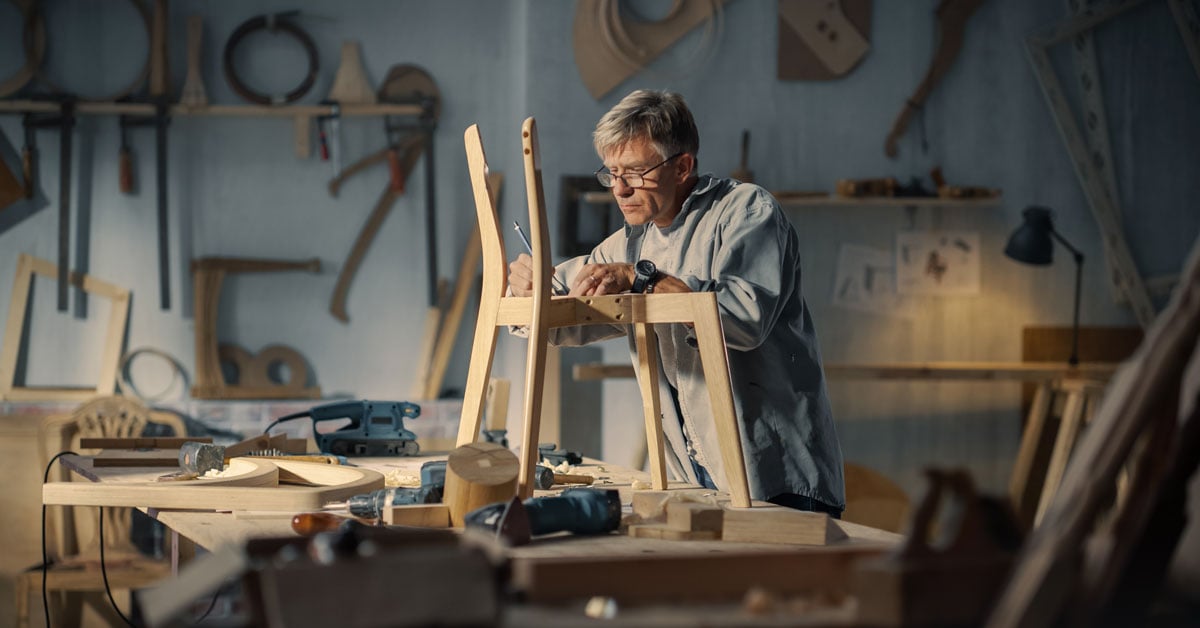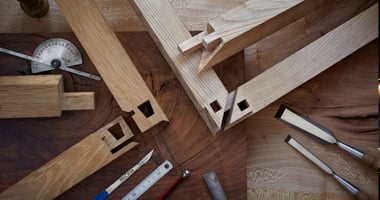Advanced cabinetmaking techniques can elevate your woodworking skills and help you create...
5 Innovative Woodworking Techniques Every Carpenter Should Know

The world of woodworking is ever-evolving, with new techniques, tools, and technologies coming to the fore that can enhance your craft and increase efficiency. Staying updated on these innovations can give you a competitive edge and enable you to deliver superior quality work. In this blog post, we'll discuss five innovative woodworking techniques that every carpenter should know.
1. CNC Woodworking
Computer Numerical Control (CNC) woodworking machines are changing the face of carpentry. These machines use digital files to guide their operation, enabling precise cuts, carvings, and engravings that would be extremely time-consuming, if not impossible, by hand. They're ideal for creating complex or 3D designs and can improve the consistency and speed of your work, especially in cabinet making or furniture building.
2. Wood Lamination
Laminating wood involves gluing together layers of wood to achieve a desired thickness, strength, or aesthetic effect. This technique allows you to create large, stable pieces from smaller offcuts, reducing waste. Furthermore, you can combine different types of wood for enhanced visual interest or functionality.
3. Laser Cutting and Engraving
Laser cutters and engravers open up new possibilities for detail and precision in woodworking. They allow for intricate patterns, precise cuts, and delicate engraving work that add a distinctive touch to your projects. Plus, the resulting edges are usually very clean and require minimal sanding.
4. Using Epoxy Resin
Epoxy resin has become a popular material in woodworking for its versatility. It can be used to fill knots and cracks, secure elements together, or create stunning "river tables" and other decorative pieces. Epoxy can be dyed various colors, imbued with objects, or left clear for a glass-like finish.
5. Digital Woodworking Plans
The digital age has ushered in a new era of woodworking plans. With 3D modeling software, you can now create, view, and tweak your designs on a computer or tablet before making a single cut. This allows for thorough planning, accurate material estimates, and a clear visual guide to follow during construction.
Remember, innovation doesn't negate the importance of traditional woodworking skills and techniques. Instead, it provides additional tools and methods that you can incorporate into your repertoire. By staying informed and open to new approaches, you can continue to grow and evolve as a craftsman, delivering exceptional work that combines time-honored tradition with modern innovation.



